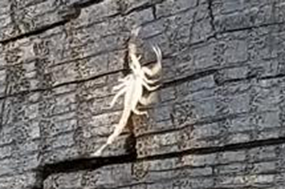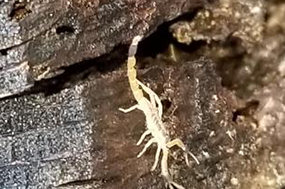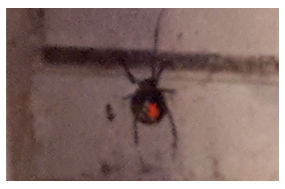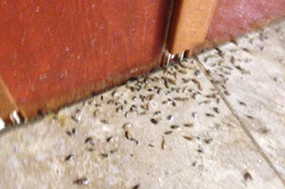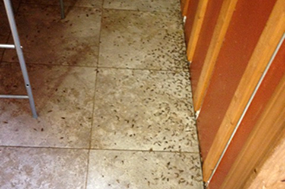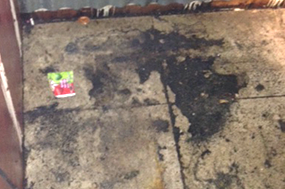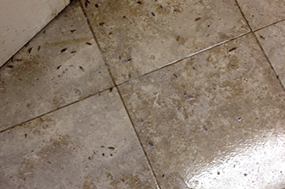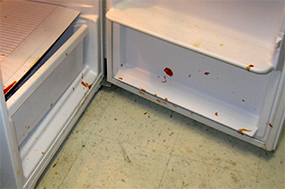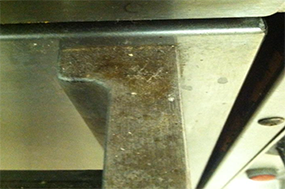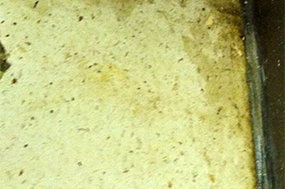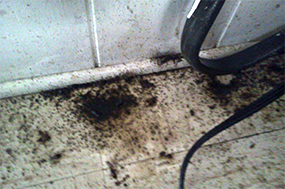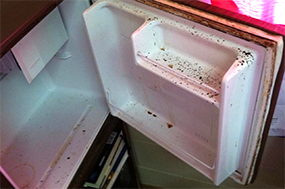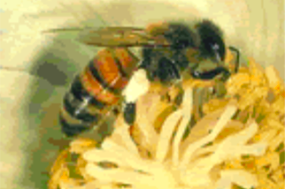General Pest Control
Our General Pest Control Services includes, ants, roaches, silverfish, spiders, and wasps.
Roaches - Roaches will eat just about anything when hungry enough, but their preferred diet consists of carbohydrate-based substances including pastes, glues, solid soaps and starch based paints and foods like pasta.
Using an Integrated Pest Management plan, cockroach activity can be monitored using sticky traps or glue boards. These monitoring stations are placed throughout a building where roaches are likely to be found such as in dark places along cabinets, walls, under appliances, on pipes, etc., in bathrooms and kitchens.
Any tight cracks about 3/8 inch or smaller are good cockroach habitats. Monitoring indicates whether roaches are present and if control practices are working.
Cockroaches multiply like crazy and quickly infest whole buildings traveling along networks of pipes from place to place. Worldwide there are more than 3,600 species with around 60 residing in the USA. Of the 60, there are specifically five roaches that are most troublesome in the USA. A little known and disgusting fact is that cockroaches can live minus their head for 9 days before the body finally starves to death.
Spiders - The vast majority of the approximately 25,000 species of spiders known worldwide are completely harmless to people. However, a few species are capable of causing substantial pain, suffering, and even death to their victims. Even the potentially dangerous species are shy and secretive, and contact with them is normally accidental. Because of the difficulty in accurately identifying spiders, all types should be avoided.
Brown Recluse Spider - The adult Brown Recluse Spider is soft-bodied and yellowish-tan to dark brown. It is about a quarter to half inch long with long grayish to dark brown legs covered with short, dark hairs. Its leg span is about the size of a half dollar & it has three pairs of eyes which are arranged in a semicircle on the front part of the head with a dark violin-shaped mark immediately behind the semi-circle of eyes with the neck of the violin pointing toward the bulbous abdomen.
Steps to Eliminating Spiders:
1. Sanitation - Removing clutter both inside and outside of the building where spiders are likely to hide and spin their webs.
2. Exclusion - Sealing off cracks and crevices that spiders utilize to gain entry.
3. Mechanical Control - Physically removing spiders and spider webs from the inside and outside of the facility.


